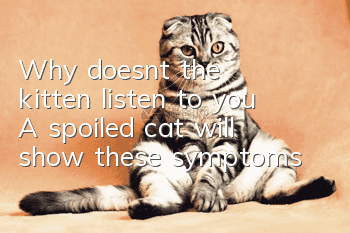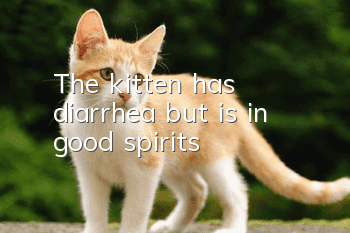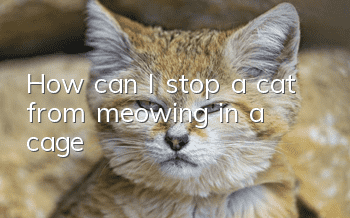What are the symptoms of pyloric obstruction in cats? Introduction to the symptoms of pyloric obstruction

What are the symptoms of pyloric obstruction in cats? Pyloric obstruction is divided into congenital and acquired. Usually congenital is more common in young and young cats, while acquired factors are more common in older cats.
The risk of this disease is not very high, and the problem can be better solved with appropriate treatment.
The degree of obstruction varies. The symptoms of pyloric obstruction also vary. Vomiting is the most common symptom and can occur anytime after a meal. Under normal circumstances, the complete emptying time of the stomach is 10 to 12 hours. Therefore, if a cat vomits all or part of its food 12 hours after eating, it indicates delayed gastric emptying and the possibility of pathological changes in the pyloric antrum, pancreas, or duodenum.
Clinical symptoms of sick animals may be normal, or they may show depression, weight loss, or dehydration. If vomiting is severe and prolonged, hypokalemia and metabolic alkalosis can lead to generalized muscle weakness. Some cats exhibit varying degrees of multifocal neurological abnormalities, such as circling, proprioceptor abnormalities, or head droop.
- Why are Siamese cats called the prince of cats?
- Are Ragdoll cats long-haired or short-haired?
- What is the IQ of Turkish Angora cats?
- Detailed explanation of the six steps to treat cat infertility
- What tools are needed for pet cat dental care?
- Exotic Shorthair Cat | How much do you know about Garfield cat feeding knowledge?
- How old does a Ragdoll cat start going into heat?
- Necessary cat supplies for raising cats
- Bitten by an unvaccinated kitten
- Why does a cat suddenly walk on its stomach?



